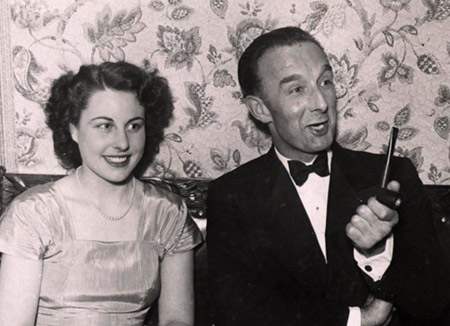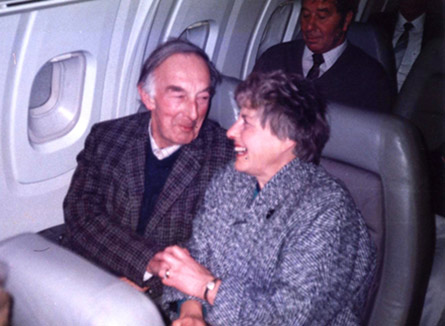






Bruce Collings e-mailed me on the 7 November 2012 days before the seventieth anniversary of the torpedoing of HMS Hecla
on Armistice Day 1942. His father, Kenneth Charles Collings, was born
on the 7 November 1909 and died in Bristol on his birthday exactly
eighty years later. Bruce sent me some wonderful photographs
taken aboard Hecla.
He knew very little about his father's wartime service in the Royal
Navy but he painted an affectionate pen portrait of his father which I
shall quote from in this brief account of Kenneth Collings' life.
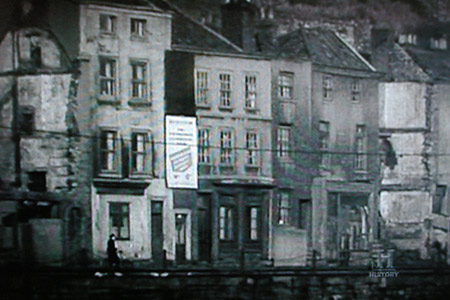
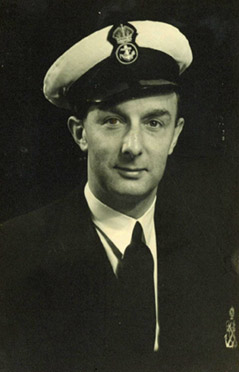
"K C Collings was a bit of a wheeler dealer from childhood and
talked of selling stuff from a hand cart before he moved to his tiny
confectionary and tobacco business on
Hotwells Road across the road from the docks – where his Father E. T.
Collings was the marine engineer responsible for the gates and bridges
of the Floating Harbour. His shop is the tiny place beneath the large
poster in the photograph on the left with obvious bomb damage either side.
His
very best friend had been in the RAF and hobbled into Dad’s shop on
crutches one day, when the war was well on, having had his leg shot
off. Ken allegedly said: 'The shop is tiny, you can almost reach
either side without walking, so I’ll go off and fight the bastards and
you can stay and mind the shop.'
He was 31 when he joined the Royal Navy as a conscript and on the 6 May 1941 was sent to HMS Glendower in north Wales for basic seamanship training. Before the war this shore based training establishment at Pwllheli in Caernarfonshire had been a Butlin's holiday camp. Two months later on the 12 July he was sent to another shore base, HMS Wellesley
in Liverpool. This former hospital had been evacuated in 1939 and
turned over to the Admiralty for use as a training establishment. It
was very close to Gladstone Dock, a target for air raids and one young
seaman recalled that:
Around
4 p.m. each day, German aircraft came in, flying across North Wales.
Some streets were littered with shrapnel, which 'crunched' under your
shoes as you walked, and many were cordoned off with notices such as
'unexploded bomb' or 'land mine'.
Three
seamen were killed in a bombing raid in November 1940 and the east wing
of the building was demolished by a bomb during the heavy raids in May
1941. On the 13 August 1941 he was posted to HMS Drake II, the shore base in Devonport, Plymouth, where he underwent training as a Sick Bay Attendant (SBA).
On the 22 October 1941, by now rated as an SBA, he was 'lent' to the
Royal Marine Depot at Lympstone, a small village on the east side of
the Exe estuary north of Exmouth, where at its peak 800 Royal Marines a
month were being trained for war service as commandos.
On the 26 March 1942 after five months at Lympstone he was posted to his first ship, HMS Hecla, a new destroyer depot ship which was being refited at John Brown's shipyard on the Clyde after a year in Iceland. The leader of the Sick Bay team was Surg. Lt
Cdr C. de W. Kitcat RNVR and his deputy was Surgeon Lt Stephen L.
Hetherington RNVR. CPO Norman Brown, known to all as "Brownie" was next
in line. Maurice Hudson and Arthur Ching, a supernumary, also joined
the Sick Bay team at this time. Kenneth Collings told his son that
'I spent my time trying
to help men who had had their teeth and jaws blown away' so he may have also assisted the two dentists on HMS Hecla, although they were in a separate department.
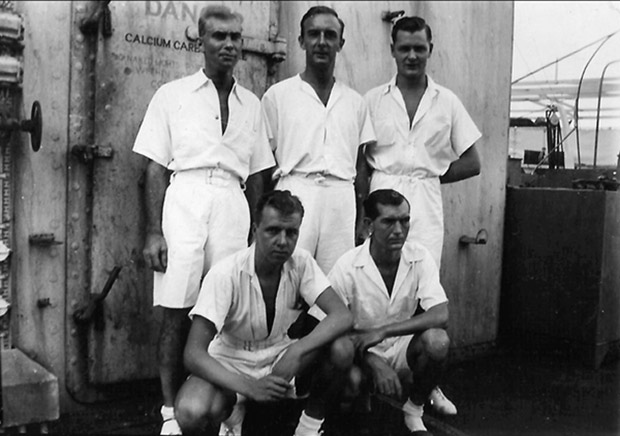
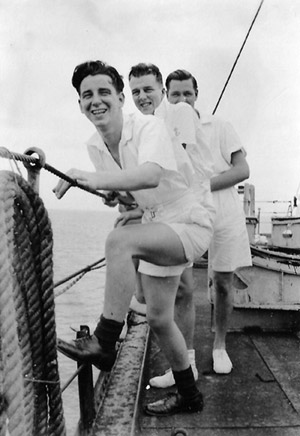
Can anybody identify the men in these two photographs taken aboard HMS Hecla on the voyage south?
Kenneth Collings is middle rear in the photograph on the left
Courtesy of Bruce Collings
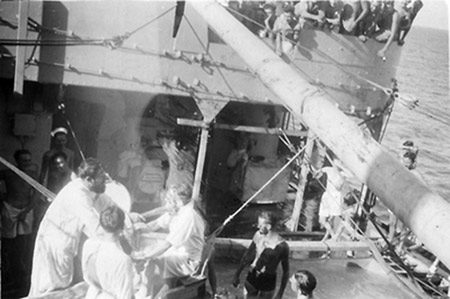
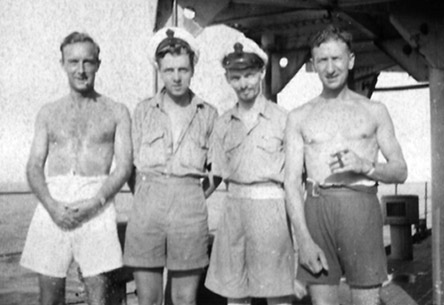
Heading south HMS Hecla "crossed the Line" and crew members received the traditional welcome to Neptune's Kingdom (left)
Kenneth Collings is on the left in the photograph on the right
Courtesy of Bruce Collings
After Hecla
hit the mine off Cape Agulhas she managed to make its way under its own
steam into the naval dockyard at Simons Town where she spent nearly six
months under repair. South Africans were very hospitable and
Kenneth and fellow SBA Brian Shaw were invited to stay on "uphomers" with the Roux family on their farm in Western Cape province. Brian Shaw was killed when Hecla
was torpedoed but Kenneth Collings exchanged letters with the family
who welcomed him into their home until his death in 1989. In 2017 I was
contacted by Louise Duncan, the daughter of Cynthia Roux, who
discovered the letters after her Mother's death and returned them to
his son, Bruce Collings, in New Zealand.
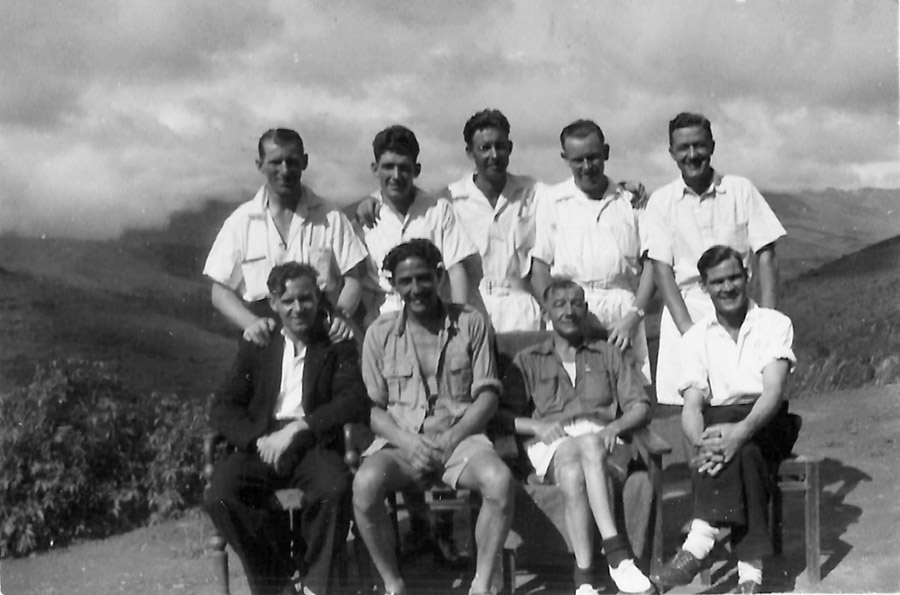
Relaxing in South Africa while HMS Hecla is under repair at Simons Town
Courtesy of Bruce Collings
Ken Collings told his family that he spent eleven hours in the water when he abandoned ship. He was picked up by HMS Marne
which was towed to Gibraltar on the afternoon of the 12 November and
probably returned to Britain on a troopship, the requisitioned Dutch
liner, Dempo, which joined a
convoy for Liverpool. After his passage home and survivors leave he was posted to HMS Drake at Devonport for three months before being 'lent' to the Army from the 28 February to the 31 March 1943. Audrey Summerell, the girl he later married,
sent him this card with a press cutting about the loss of HMS Hecla in 1943.

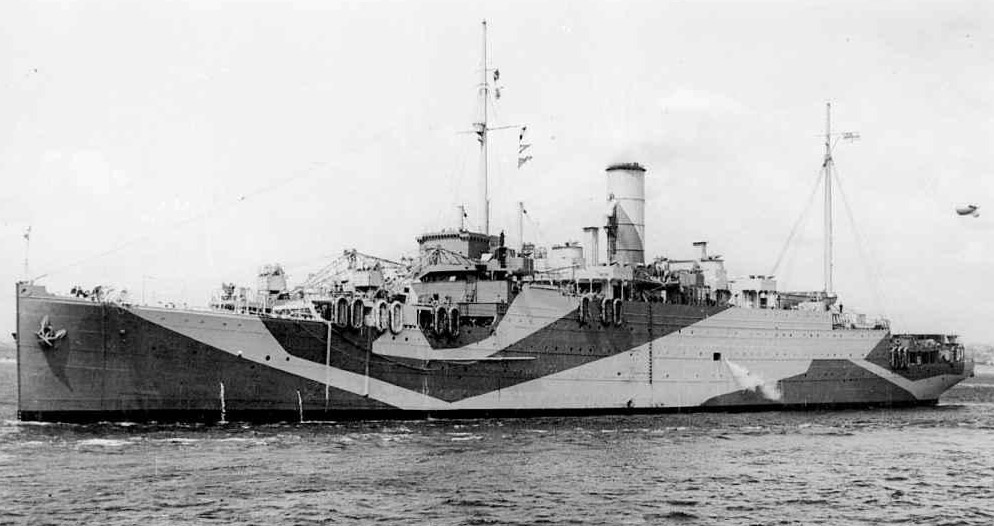
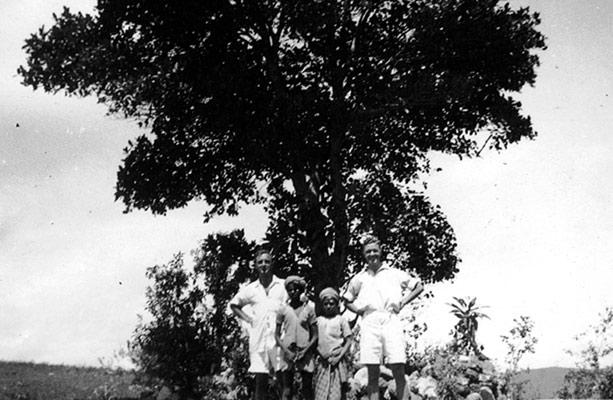
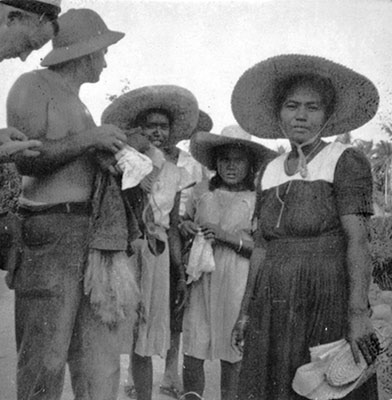
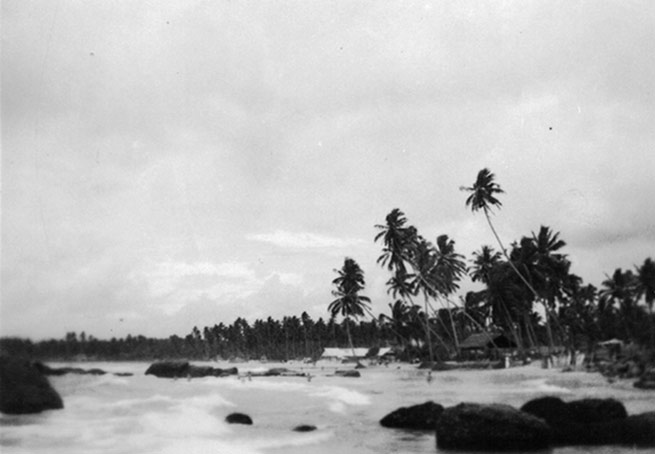 |
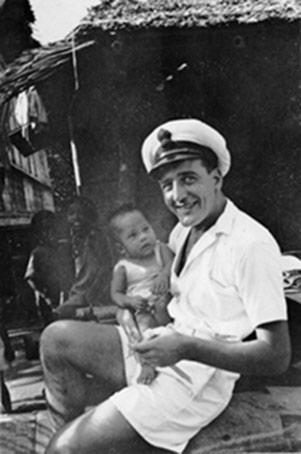 |
After
the war KCC returned to his shop, which prospered and in 1949 he
married Audrey Mary Summerell, from Nailsea, Somerset and eventually
went into wholesale confectionary and tobacco, until 1971 when ‘cash
and carrys’, new regs. etc made life unprofitable as a small player. He
had three children Sally, Bruce and James and lived at Bromley View,
Hambrook, Bristol until his death, on his 80th birthday, the 7 November
1989.
